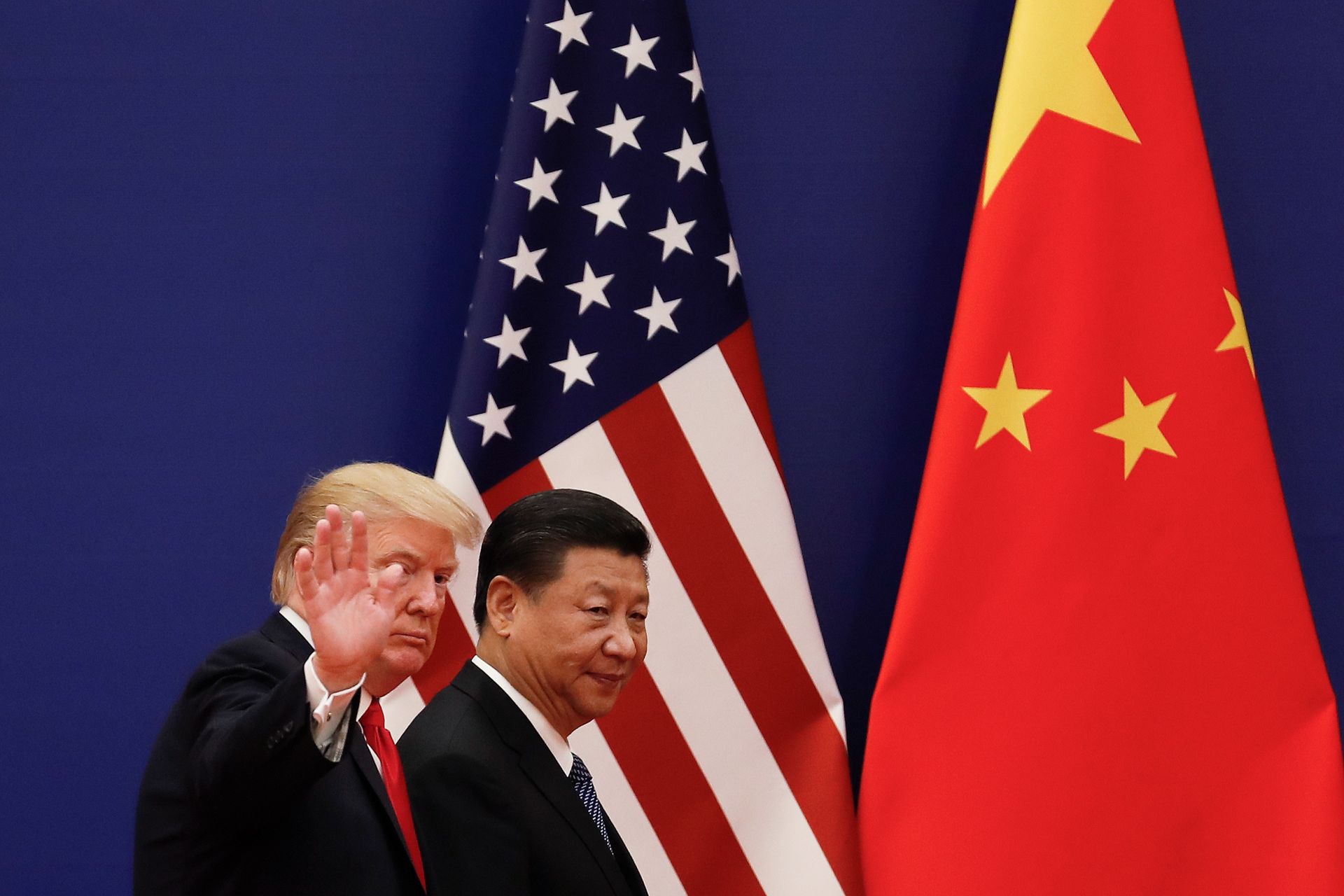U.S.-China Relations: A Complex and Uncertain Dynamic
The relationship between the United States and China has become one of the most significant factors shaping global affairs in 2025. While there is a broad consensus in Washington that strategic competition with China represents the greatest challenge for the U.S., the exact nature of this competition remains unclear, especially under President Donald Trump’s leadership.
Trump’s approach to China has been marked by a more confrontational stance compared to his predecessor, Joe Biden. However, despite these differences, both administrations have maintained continuity in their broader strategies to counter China’s trade practices and technological advancements. The key distinction lies in how each administration has engaged with allies and partners. Biden sought to build coalitions to support U.S. policies, while Trump has taken a more unilateral approach, often alienating traditional allies.
Within Trump’s administration, there are deep divisions about whether the ultimate goal is to decouple the U.S. and Chinese economies or find a way for them to coexist. This uncertainty has created a volatile environment, with implications for trade, technology, and security.
Trump’s Trade Wars: Global Impact and Uncertainty
Trade policy has been a central focus of Trump’s presidency, with a strong emphasis on addressing U.S. trade deficits. His approach, characterized by high tariffs, has had a ripple effect across the globe. During his first term, Trump implemented tariffs on both rivals and allies, targeting China as a primary focus. These actions were based on the belief that trade wars could be easily won, a view that was met with skepticism from economists and trade experts.
While the initial intent was to address trade imbalances, the long-term effects have been more complex. Tariffs have not resolved underlying issues such as over-indebtedness and overconsumption in the U.S., or overcapacity and underconsumption in China. Nevertheless, Trump’s policies have reshaped the political landscape, influencing the Republican base and setting the stage for continued trade tensions.
In his second term, Trump has doubled down on his tariff strategy, announcing across-the-board increases in April. However, market reactions, including a drop in stock prices and rising Treasury rates, led him to suspend some tariffs temporarily. Despite these adjustments, the uncertainty surrounding U.S. trade policy continues to affect global markets and trade relationships.
Rising Interstate War: A New Era of Conflict
The past few years have seen a troubling return to interstate conflict, a phenomenon that had seemed almost unthinkable in the post-Cold War era. The annexation of Crimea by Russia in 2014, followed by its involvement in Ukraine, marked a significant shift in international relations. This trend has continued with conflicts in Nagorno-Karabakh, Gaza, and other regions, raising concerns about the stability of the global order.
Recent events, including missile exchanges between India and Pakistan, and attacks involving Iran and Israel, highlight the growing risks of escalation. While efforts to prevent further conflict have so far succeeded, the potential for major skirmishes remains high. This new era of inter-state conflict has significant implications for global security, economic stability, and diplomatic relations.
The Race for Critical Minerals: Strategic Importance and Risks
As the push for green energy and technological advancement accelerates, critical minerals have become a focal point of global competition. Lithium, cobalt, nickel, and rare earth metals are essential for electric vehicles, wind turbines, and advanced technologies. Their strategic importance has intensified the rivalry between the U.S. and China, with both nations vying for dominance in the supply chain.
For resource-rich countries, this competition presents both opportunities and challenges. While they can leverage their mineral reserves to attract investment and improve infrastructure, there are also risks of environmental degradation, corruption, and economic instability. Without proper governance and oversight, the benefits of critical minerals may be overshadowed by the negative consequences of their extraction and processing.
Next-Gen Technology and AI: Transforming the Future
The rapid advancement of artificial intelligence (AI) and next-generation technologies is reshaping industries and societies worldwide. From chatbots powered by large language models to applications in medicine and surveillance, AI is revolutionizing various sectors. The potential benefits include increased productivity and efficiency, but there are also concerns about job displacement and ethical issues.
Geopolitical rivalry between the U.S. and China is intensifying the competition for technological supremacy. This has led to the possibility of a bifurcated world, where different technological spheres of influence emerge. The implications of this divide are far-reaching, affecting everything from global trade to national security.
In summary, the year 2025 has been marked by significant shifts in global dynamics, driven by U.S.-China relations, trade policies, rising conflicts, the race for critical minerals, and the rapid development of AI. These trends will continue to shape the future of international relations and global stability.







